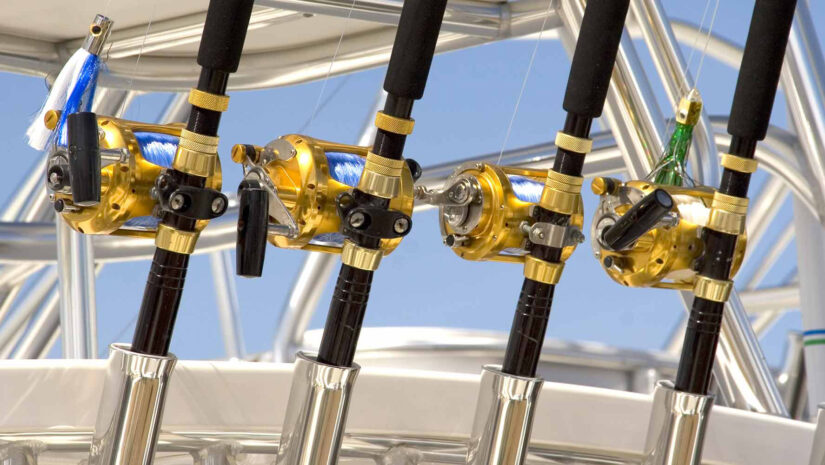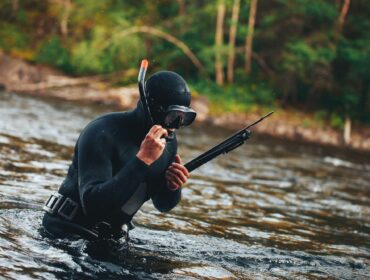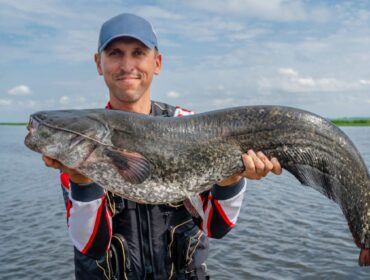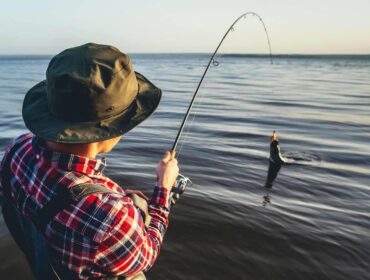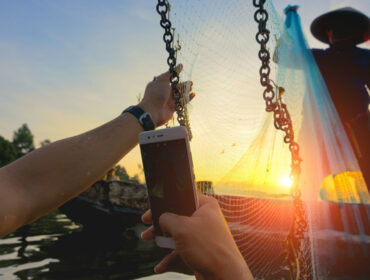Anybody who’s serious about fishing knows that trolling for fish in the open ocean is the ultimate sport-fishing challenge. While not considered to be an ideal form of fishing for beginners, trolling for fish is a major challenge many anglers aspire to master. The open ocean is home to several species of pelagic fish that any angler would be proud to bring home. It’s not uncommon to catch salmon, trout, tuna, dorado (also known as mahi-mahi), kingfish, and even billfish like sailfish and marlin.
What sets the trolling technique apart from other fishing methods is that it typically uses more than one fishing line, all set up at the back of the boat so that the lures or bait fish can lag behind. The boat can either be static or moving while the line can be drawn in or swept from side to side to attract fish.
Whether you’re going to be fishing from a commercial big game charter fishing boat with multiple trolling fishing rods or sportfishing with smaller boats and yachts with much simpler trolling gear, it may help to remember these trolling fishing tips and techniques to make the most out of this popular fishing method.
Trolling Fishing Tips and Techniques
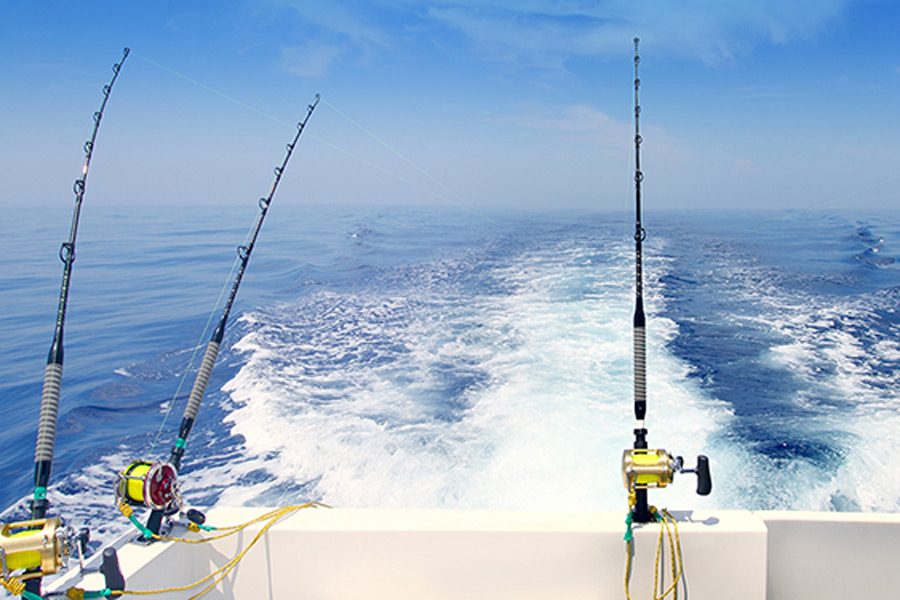
Get the Right Gear
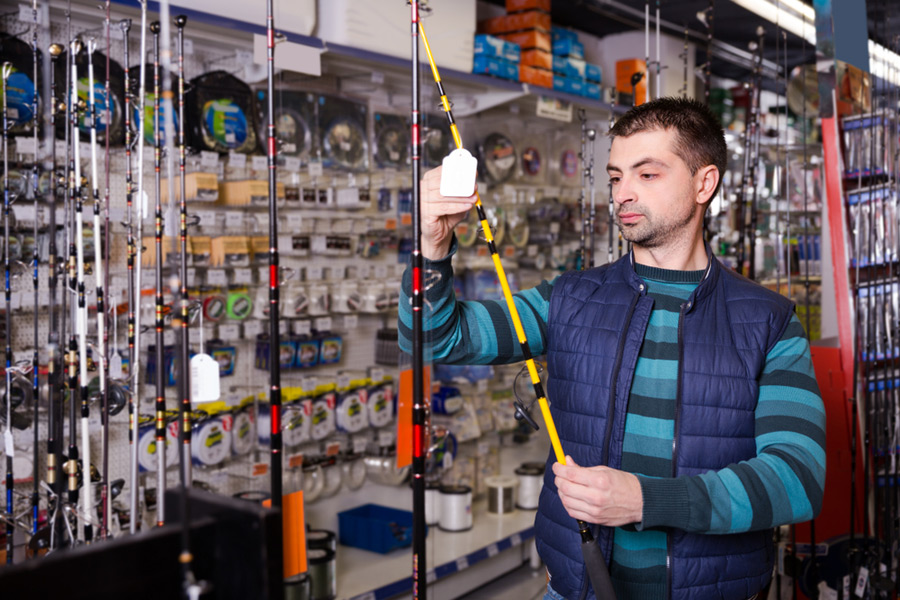
The equipment you’ll need to troll for fish largely depends on the kind of boat you want to use and how much you want to increase your chances of catching fish. As with every fishing method, you’ll obviously need one or several sets of the three most basic pieces of fishing equipment: fishing rods, fishing lines, and saltwater reels.
For trolling (fishing), you might have to look for specific trolling rods as well as non-corrosive lines and reels. But the most important factor that you’ll need to consider when choosing your basic gear is that they have to be able to handle heavy loads. This means a stiff and sturdy rod, a high-load multi-roll baitcasting reel with line counters, and durable lines with high tensile strength.
Other necessary equipment for trolling are as follows:
Rod Holder
Having rod holders set up behind your boat is the best solution for keeping your rods steady throughout the expedition. Even if you’re fishing with a single rod, you wouldn’t want to keep holding it, especially since you’ll want to keep fishing while you drive the boat.
Depth Rigs
A depth rig is a heavy sinker that you attach to the fishing line in order to bring it down to your desired depth. Considering its weight, the depth rig alone can get your fishing line deeper even when you’re trolling from a static boat.
Paravane
The trolling paravane is a plastic device that works like an inverted wing. It also helps drag your lure deeper, but it does so by diving deeper as your boat speed increases.
Planer Board
Planer boards are considered must-haves for two main reasons: it keeps your lines away from each other so they won’t tangle and helps you cover more area. Using multiple planer boards helps you multi-task and attract even faraway fish that are keeping their distance from your boat.
Sonar
A sonar (or fish finder) is an important gadget that helps you find where the fish are, even when they are more than a couple of meters deep. Most sonars also provide depth, temperature, and sea bottom readings.
Have a Plan (and Stick to It)
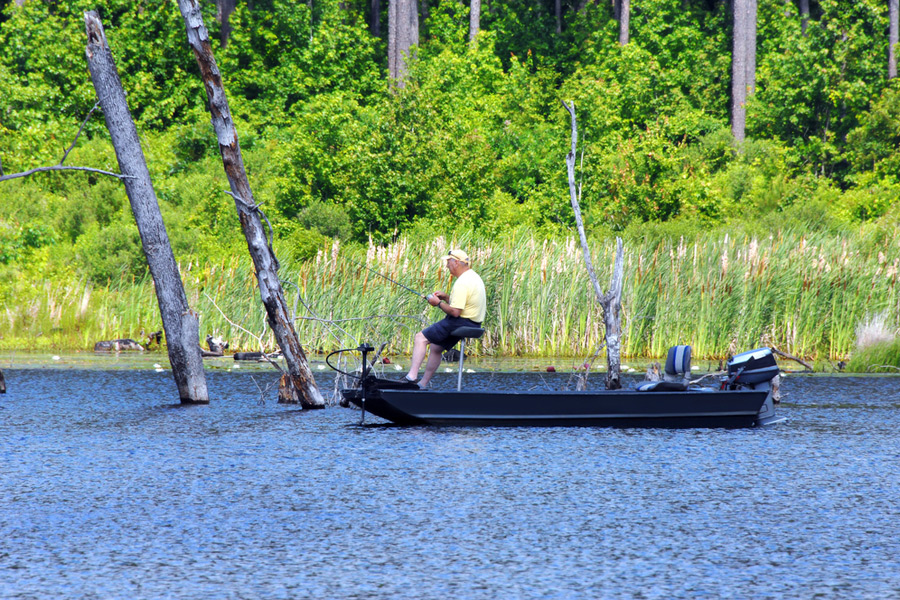
No matter what method of fishing you plan to execute, you don’t just head out with your gear and start casting. Plan for it to increase your chances of not only catching the right fish but of having an enjoyable time out in the water. Check the weather forecasts, know which lures to use, pack for emergencies, plan your route, and absorb all the information that you can about trolling.
Utilize Your Electronic Gear
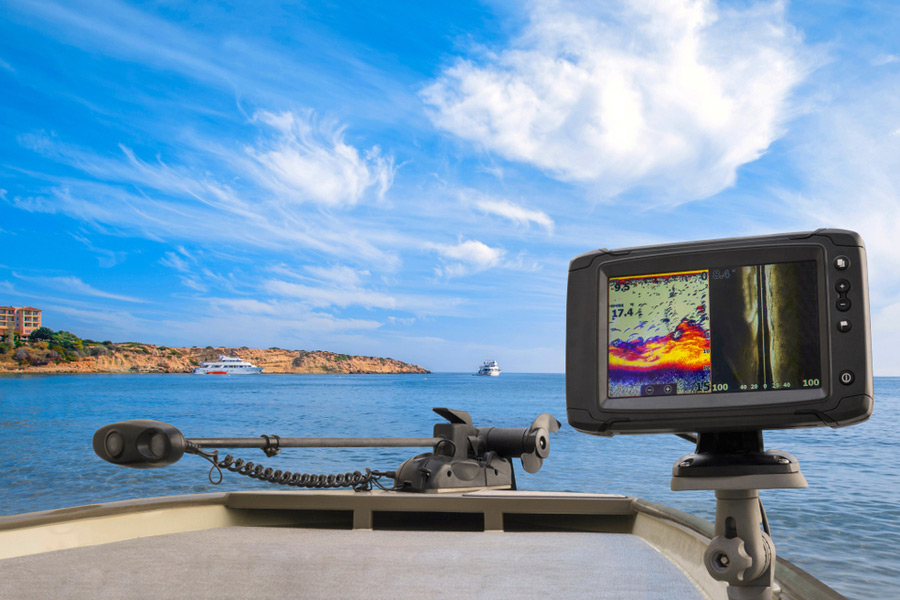
Make it a part of your plan to familiarize yourself with the area that you want to fish in. While you’re at it, use your sonar or fish finder to get an idea of the type of fish available and how deep they are in the water. By identifying which depths are holding the most bait ahead of time, you can spend more time catching fish than looking for them when the day comes. Continue monitoring your sonar for temperature changes, fish locations, and bottom surface material.
Mind Your Depth
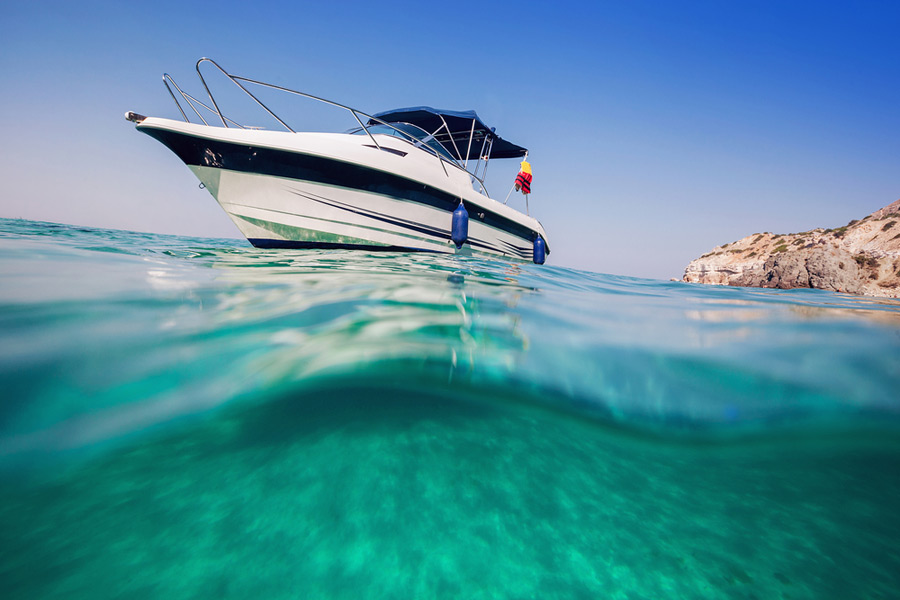
We can’t stress it enough; your trolling success depends on your knowledge of where your lure is and how to control it. By ensuring that your lure is in the right place, you have a much greater chance of catching fish consistently since they rarely swim to different depths. Remember, a lure goes by fish quickly, so your lure has to be very visible to your prey in order to increase your chances of actually catching them.
Start Small
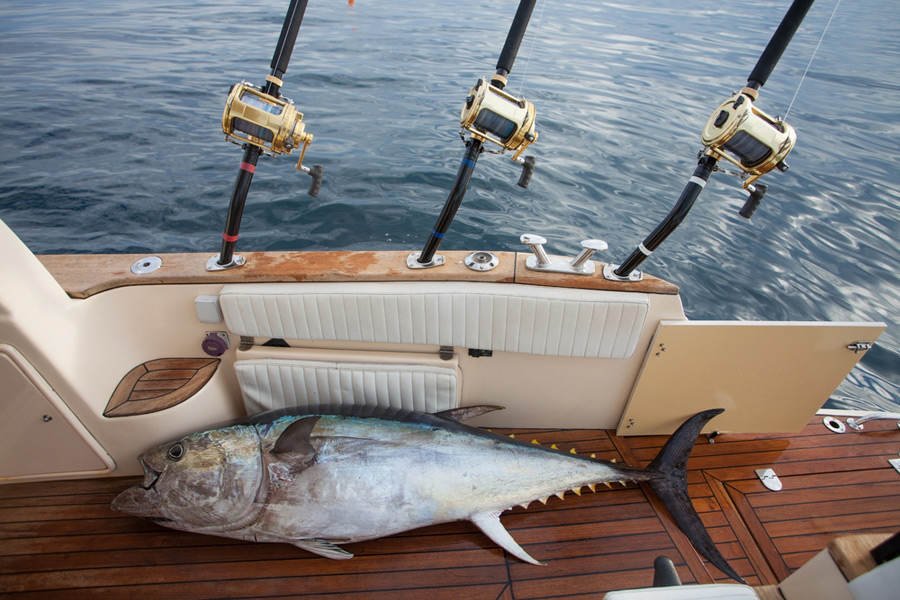
Having a large boat, multiple rods, and a handful of boards increases your chance of catching multiple game fish, but that doesn’t mean you should go all out on your first try. You could start out with just three lines, planer boards on each side, and another line out the back and still be more successful than a beginner with a 10-line setup and no knowledge of what’s out there—that is, if you plan for it carefully.
Keep Going
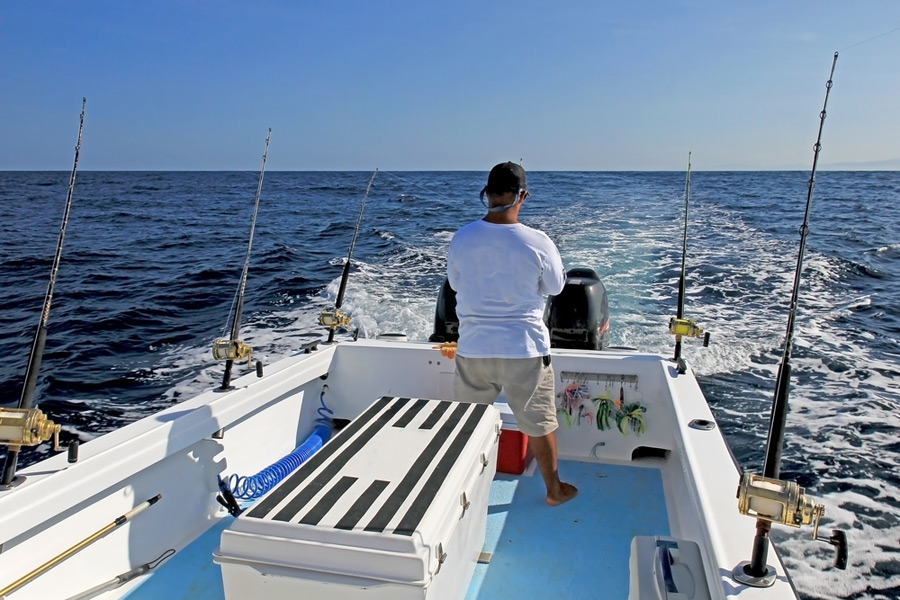
Another beginner mistake you wouldn’t want to make is to stop the boat as soon as you catch fish. Think about it: When you kick the boat into neutral before reeling in your catch, the lines are bound to get tangled up. Whatever happens, don’t stop the boat and fight the fish while you move. Take advantage of the current’s natural force to keep your lines straight while you reel in your spread at the end of the day.
Experiment
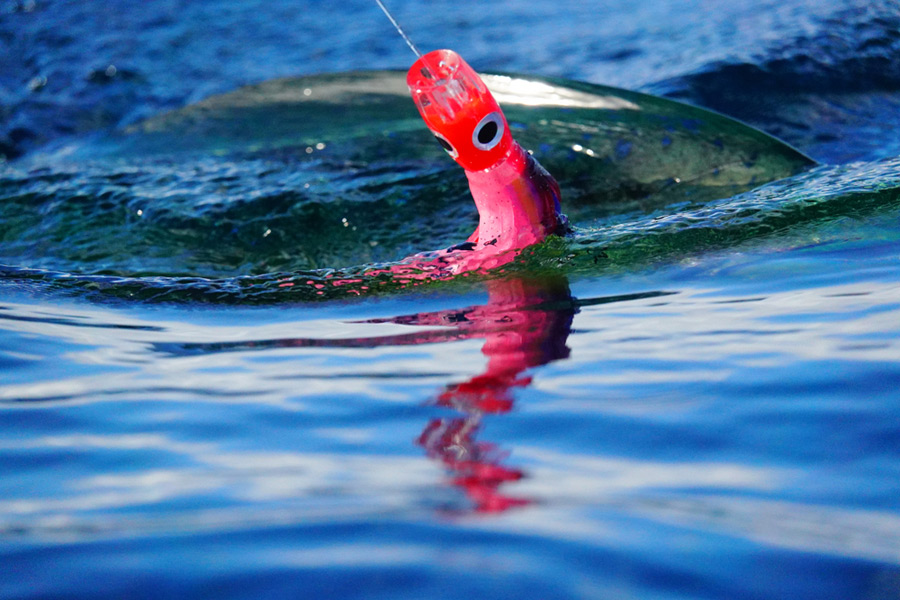
With multiple rods out, you wouldn’t want to use the same type of lures. Take the opportunity to experiment with different lures and baits throughout your spread. This way, you not only increase your chances of catching various types of fish but you also allow them to tell you what they want. If you are sure that you’re in an area where there are lots of fish but are not getting any bites, try changing your colors and baits every 15 minutes or so.
Change Speeds
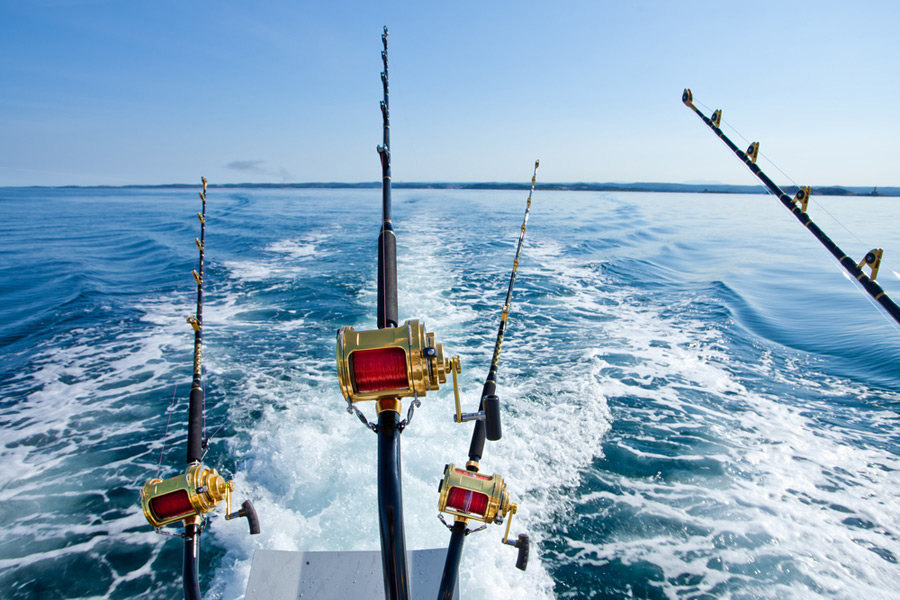
Another way that you can attract more fish is by changing your speed. You wouldn’t want to make the common mistake of fishing at the same boat speed or following the same straight path. Try starting out slow and then gradually increasing your speed if you’re not getting any bites. When nothing happens, slow down and make a few slow turns.
For best results, do some research on the boat speeds that are right for the fish you seek in order to increase your chance of catching them. The same works for other factors, like maneuvering techniques and types of lures. As with every other angling method, your level of knowledge on what works for your desired species of fish significantly increases your chances of success in fishing.

